Mount Rushmore
The Mount Rushmore National Memorial is a national memorial centered on a colossal sculpture carved into the granite face of Mount Rushmore (Lakota: Tȟuŋkášila Šákpe, or Six Grandfathers) in the Black Hills near Keystone, South Dakota, United States. Sculptor Gutzon Borglum designed the sculpture, called Shrine of Democracy, and oversaw the project's execution from 1927 to 1941 with the help of his son, Lincoln Borglum. The sculpture features the 60-foot-tall (18 m) heads of four United States presidents: George Washington, Thomas Jefferson, Theodore Roosevelt, and Abraham Lincoln, chosen to represent the nation's birth, growth, development and preservation, respectively. Mount Rushmore attracts more than two million visitors annually to the memorial park which covers 1,278 acres (2.00 sq mi; 5.17 km2). The mountain's elevation is 5,725 feet (1,745 m) above sea level.
The sculptor chose Mount ...Read more
The Mount Rushmore National Memorial is a national memorial centered on a colossal sculpture carved into the granite face of Mount Rushmore (Lakota: Tȟuŋkášila Šákpe, or Six Grandfathers) in the Black Hills near Keystone, South Dakota, United States. Sculptor Gutzon Borglum designed the sculpture, called Shrine of Democracy, and oversaw the project's execution from 1927 to 1941 with the help of his son, Lincoln Borglum. The sculpture features the 60-foot-tall (18 m) heads of four United States presidents: George Washington, Thomas Jefferson, Theodore Roosevelt, and Abraham Lincoln, chosen to represent the nation's birth, growth, development and preservation, respectively. Mount Rushmore attracts more than two million visitors annually to the memorial park which covers 1,278 acres (2.00 sq mi; 5.17 km2). The mountain's elevation is 5,725 feet (1,745 m) above sea level.
The sculptor chose Mount Rushmore in part because it faces southeast for maximum sun exposure. The carving was the idea of Doane Robinson, a historian for the state of South Dakota. Robinson originally wanted the sculpture to feature American West heroes, such as Lewis and Clark, their expedition guide Sacagawea, Oglala Lakota chief Red Cloud, Buffalo Bill Cody, and Oglala Lakota chief Crazy Horse. Borglum chose the four presidents instead.
Peter Norbeck, U.S. senator from South Dakota, sponsored the project and secured federal funding. Construction began in 1927 and the presidents' faces were completed between 1934 and 1939. After Gutzon Borglum died in March 1941, his son Lincoln took over as leader of the construction project. Each president was originally to be depicted from head to waist, but lack of funding forced construction to end on October 31, 1941, and only Washington's sculpture includes any detail below chin level.
The sculpture at Mount Rushmore is built on land that was illegally taken from the Sioux Nation in the 1870s. The Sioux continue to demand return of the land, and in 1980 the US Supreme Court ruled in United States v. Sioux Nation of Indians that the taking of the Black Hills required just compensation, and awarded the tribe $102 million. The Sioux have refused the money, which has grown with interest to over a billion dollars, and demand the return of the land. This conflict continues, leading some critics of the monument to refer to it as a "Shrine of Hypocrisy".
Mount Rushmore and the surrounding Black Hills (Pahá Sápa) are considered sacred by Plains Indians such as the Arapaho, Cheyenne, and Lakota Sioux, who used the area for centuries as a place to pray and gather food, building materials, and medicine.[1] The Lakota called the mountain "Six Grandfathers" (Tȟuŋkášila Šákpe),[2] symbolizing ancestral deities personified as the six directions: north, south, east, west, above (sky), and below (earth).[3] In the latter half of the 19th century, expansion by the United States into the Black Hills led to the Sioux Wars. In the 1868 Treaty of Fort Laramie, the U.S. government granted exclusive use of all of the Black Hills, including Six Grandfathers, to the Sioux in perpetuity.[1][3]
Six Grandfathers was a significant part of the spiritual journey taken in the early 1870s by Lakota leader Black Elk (Heȟáka Sápa, also known as "The Sixth Grandfather"),[4] that culminated at the nearby Black Elk Peak,[2] (Hiŋháŋ Káǧa, "Making of Owls")[5][6] U.S. general George Armstrong Custer summited Black Elk Peak a few years later in 1874 during the Black Hills Expedition, which triggered the Black Hills Gold Rush and Great Sioux War of 1876.[7] In 1877, the U.S. broke the Treaty of Fort Laramie and asserted control over the area, leading to an influx of settlers and prospectors.[1][3]
Among those prospectors was New York mining promoter James Wilson, who organized the Harney Peak Tin Company, and hired New York attorney Charles E. Rushmore to visit the Black Hills and confirm the company's land claims. During a visit in 1884[1][8] or 1885,[9][10] Rushmore saw Six Grandfathers and asked his guide, Bill Challis, the mountain's name; Challis replied that the mountain didn't have a name, but that it would henceforth be named after Rushmore.[11][3] The name "Mount Rushmore" continued to be used locally, and was officially recognized by the United States Board of Geographic Names in June 1930.[11][3]
Concept, design and funding The completed statue
The completed statueBy the 1920s, South Dakota had become a U.S. state, and was a popular destination for road trippers visiting the Black Hills National Forest, Wind Cave National Park, and Needles Highway.[1] In 1923,[12][13] the Secretary of the South Dakota State Historical Society, Doane Robinson, who would come to be known as the "Father of Mount Rushmore",[3][14] learned about the "Shrine to the Confederacy", a project to carve the likenesses of Confederate generals into the side of Stone Mountain, Georgia, that had been underway since 1915.[1] Seeking to boost tourism to South Dakota, Robinson began promoting the idea of a similar monument in the Black Hills,[3] representing "not only the wild grandeur of its local geography but also the triumph of western civilization over that geography through its anthropomorphic representation."[15]
Robinson initially approached sculptor Lorado Taft, but Taft was ill at the time and uninterested in Robinson's project. Robinson next sought the help of then-U.S. Senator Peter Norbeck, who had established Custer State Park when he was Governor in 1919. Norbeck cautiously supported Robinson's plan, and Robinson began campaigning for it publicly. Some in the local community also supported Robinson's plan, but many opposed it vigorously.[12]
On August 20, 1924, Robinson wrote to Gutzon Borglum, the sculptor of "Shrine to the Confederacy", asking him to travel to the Black Hills region to determine whether the carving could be accomplished.[12][16] Borglum, who had involved himself with the Ku Klux Klan, one of the Stone Mountain memorial's funders, had been having disagreements with the Stone Mountain Memorial Association, and on September 24, 1924, travelled to South Dakota to meet Robinson.[17][18]
Borglum's original plan was to make the carvings in 150-meter-high granite pillars known as the Needles (Hiŋháŋ Káǧa). However, the eroded Needles were too thin to support sculpting.[3] On August 14, 1925, Borglum summitted Black Elk Peak while scouting alternative locations,[11] and reportedly said upon seeing Mount Rushmore, "America will march along that skyline."[16] He chose Mount Rushmore, a grander location, partly because it faced southeast and enjoyed maximum exposure to sunlight.[3]
Borglum rejected Robinson's original plan of depicting characters from the Old West, such as Lewis and Clark, Red Cloud, Sacagawea, John C. Fremont, and Crazy Horse, and instead decided to depict four American presidents: George Washington, Thomas Jefferson, Abraham Lincoln, and Theodore Roosevelt.[3][1][12] The four presidential faces were said to be carved into the granite with the intention of symbolizing "an accomplishment born, planned, and created in the minds and by the hands of Americans for Americans".[15] The Lakota and other local indigenous communities objected to the overall plan as constituting desecration of their sacred lands, and to the racist and sometimes violent anti-indigenous policies of the four presidents depicted.[3] For the Lakota and other tribes, the monument "came to epitomize the loss of their sacred lands and the injustices they've suffered under the U.S. government."[19]
Senator Norbeck and Congressman William Williamson of South Dakota introduced bills in early 1925 for permission to use federal land,[20] which passed easily. South Dakota legislation had less support, only passing narrowly on its third attempt, which Governor Carl Gunderson signed into law on March 5, 1925. Private funding came slowly and Borglum invited President Calvin Coolidge to an August 1927 dedication ceremony, at which he promised federal funding. Congress passed the Mount Rushmore National Memorial Act, signed by Coolidge, which authorized up to $250,000 in matching funds. The 1929 presidential transition to Herbert Hoover delayed funding until an initial federal match of $54,670.56 was acquired.[21]
Carving started in 1927 and ended in 1941 with no fatalities.[22][23]



![Original mockup of the Mount Rushmore statue "before funding ran out"[24]](http://upload.wikimedia.org/wikipedia/commons/thumb/b/b1/Gutzon_Borglum%27s_model_of_Mt._Rushmore_memorial.jpg/360px-Gutzon_Borglum%27s_model_of_Mt._Rushmore_memorial.jpg)
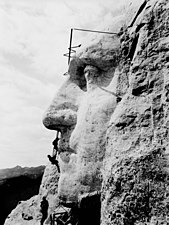

Between October 4, 1927, and October 31, 1941, Gutzon Borglum and 400 workers[25] sculpted the colossal 60-foot-high (18 m) carvings of United States Presidents George Washington, Thomas Jefferson, Theodore Roosevelt, and Abraham Lincoln to represent the first 150 years of American history. These presidents were selected by Borglum because of their role in preserving the Republic and expanding its territory.[16][15] The carving of Mount Rushmore involved the use of dynamite, followed by the process of "honeycombing", where workers drill holes close together, allowing small pieces to be removed by hand.[26] In total, about 450,000 short tons (410,000 t) of rock were blasted off the mountainside.[27] The image of Thomas Jefferson was originally intended to appear in the area at Washington's right, but after the work there was begun, the rock was found to be unsuitable, so the work on Jefferson's figure was dynamited, and a new figure was sculpted to Washington's left.[16]
 Plaque at Mount Rushmore National Monument with names of monument workers
Plaque at Mount Rushmore National Monument with names of monument workersThe chief carver of the mountain was Luigi Del Bianco, an artisan and stonemason who emigrated to the U.S. from Friuli in Italy and was chosen to work on this project because of his understanding of sculptural language and ability to imbue emotion in the carved portraits.[28][29]
In 1933, the National Park Service took Mount Rushmore under its jurisdiction. Julian Spotts helped with the project by improving its infrastructure. For example, he had the tram upgraded so it could reach the top of Mount Rushmore for the ease of workers. By July 4, 1934, Washington's face had been completed and was dedicated. The face of Thomas Jefferson was dedicated in 1936, and Abraham Lincoln's on September 17, 1937. In 1937, a bill was introduced in Congress to add the head of civil-rights leader Susan B. Anthony, but a rider was passed on an appropriations bill requiring federal funds be used to finish only those heads that had already been started at that time.[30] In 1939, the face of Theodore Roosevelt was dedicated.[31]
The Sculptor's Studio – a display of unique plaster models and tools related to the sculpting – was built in 1939 under the direction of Borglum. Borglum died from an embolism in March 1941. His son, Lincoln Borglum, continued the project. Originally, it was planned that the figures would be carved from head to waist,[32] but insufficient funding forced the carving to end. Borglum had also planned a massive panel in the shape of the Louisiana Purchase commemorating in eight-foot-tall gilded letters the Declaration of Independence, U.S. Constitution, Louisiana Purchase, and seven other territorial acquisitions from the Alaska purchase to the Panama Canal Zone.[15] In total, the entire project cost US$989,992.32 (equivalent to $19.7 million in 2022).[33]
Nick Clifford, the last remaining carver, died in November 2019 at age 98.[34]
Harold Spitznagel and Cecil Doty designed the original visitor center, finished in 1957, as part of the Mission 66 effort to improve visitors' facilities at national parks and monuments across the country.[35][36] Ten years of redevelopment work culminated with the completion of extensive visitor facilities and sidewalks in 1998, such as a Visitor Center, the Lincoln Borglum Museum, and the Presidential Trail.
On October 15, 1966, Mount Rushmore was listed on the National Register of Historic Places. A 500-word essay giving the history of the United States by Nebraska student William Andrew Burkett was selected as the college-age group winner in a 1934 competition, and that essay was placed on the Entablature on a bronze plate in 1973.[30][37] In 1991, President George H. W. Bush officially dedicated Mount Rushmore.[38]
In 2004, Gerard Baker was appointed superintendent of the park, the first and so far only Native American in that role. Baker stated that he will open up more "avenues of interpretation", and that the four presidents are "only one avenue and only one focus."[39]
Proposals to add additional facesIn 1937, when the sculpture was not yet complete, a bill in Congress supporting the addition of women's rights activist Susan B. Anthony failed. When the sculpture was completed in 1941, the sculptors said that the remaining rock was not suitable for additional carvings. This stance was shared by RESPEC, an engineering firm charged with monitoring the stability of the rock in 1989. However, proposals of additional sculptures have been made regardless. These include John F. Kennedy after his assassination in 1963, and Ronald Reagan in 1985 and 1999 – the latter proposal receiving a debate in Congress at the time.[40] Barack Obama was asked about his own potential addition in 2008 and he joked that his ears were too large.[41]
Donald Trump has on occasion expressed interest in his own addition to the mountain. During a 2017 rally in Ohio, he said "I'd ask whether or not you some day think I will be on Mount Rushmore. If I did it joking – totally joking, having fun – the fake news media will say, 'He believes he should be on Mount Rushmore.' So I won't say it." South Dakota Governor Kristi Noem, described the potential addition as Trump's "dream" in 2018.[42]






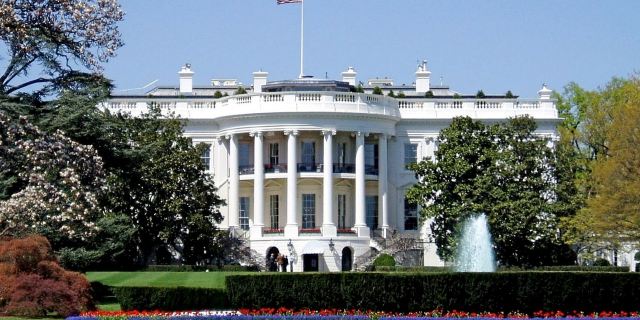

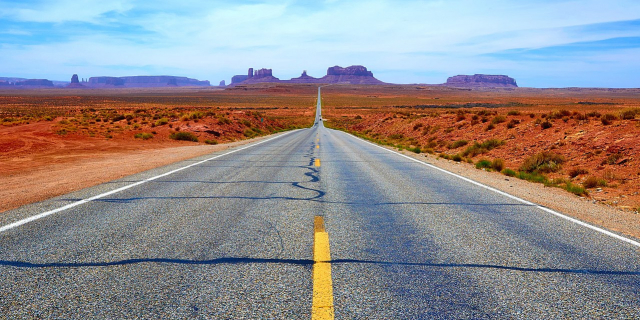







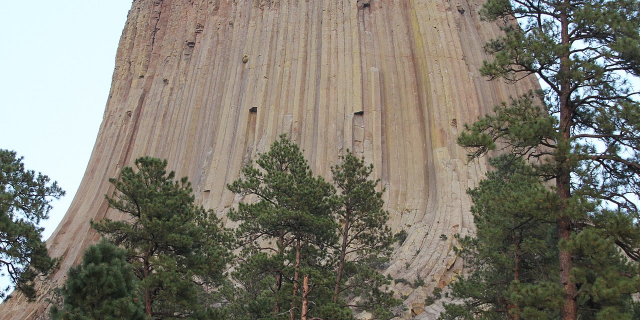
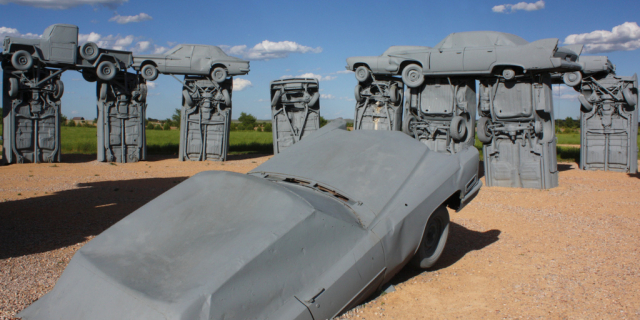

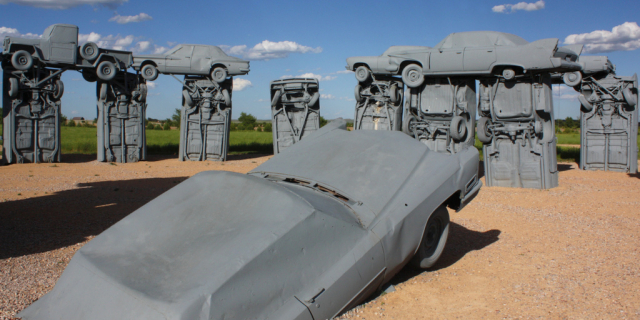
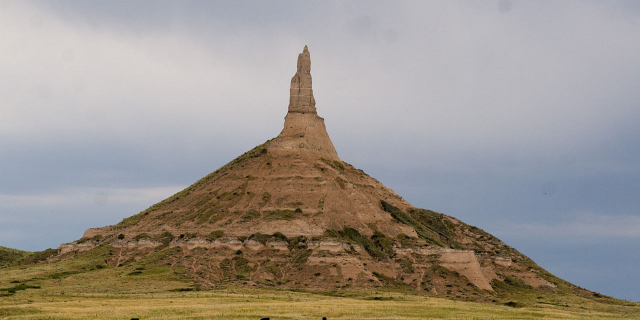


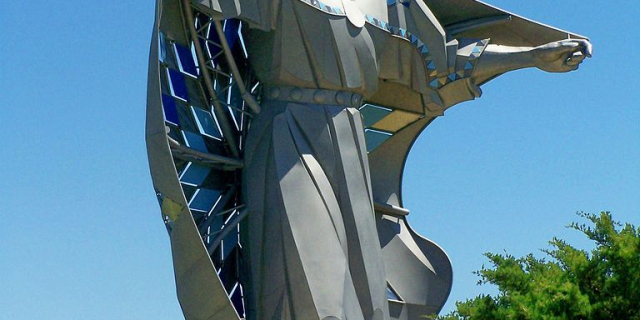

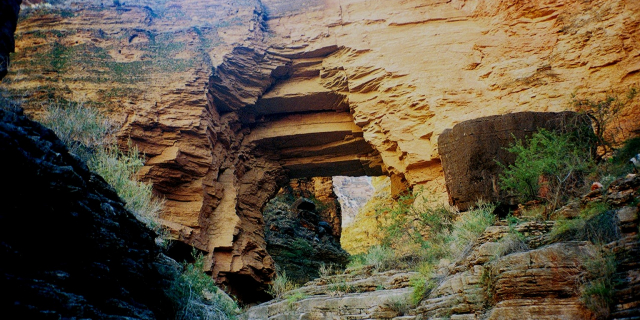

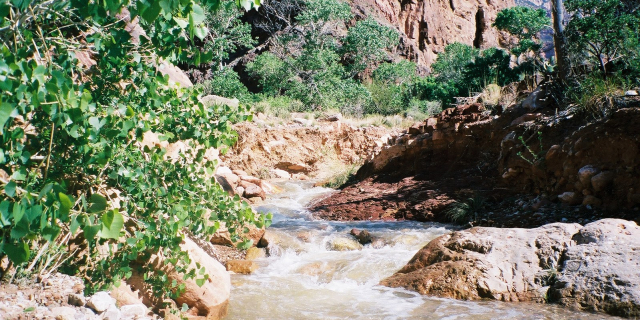

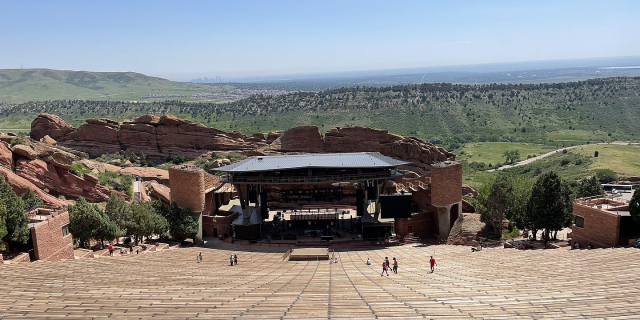


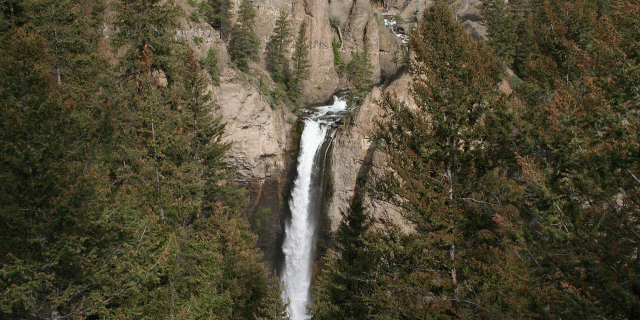

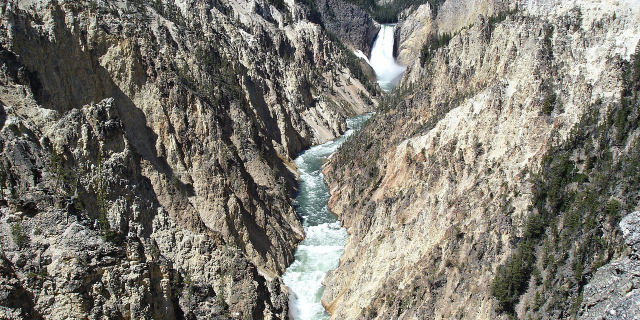



Add new comment